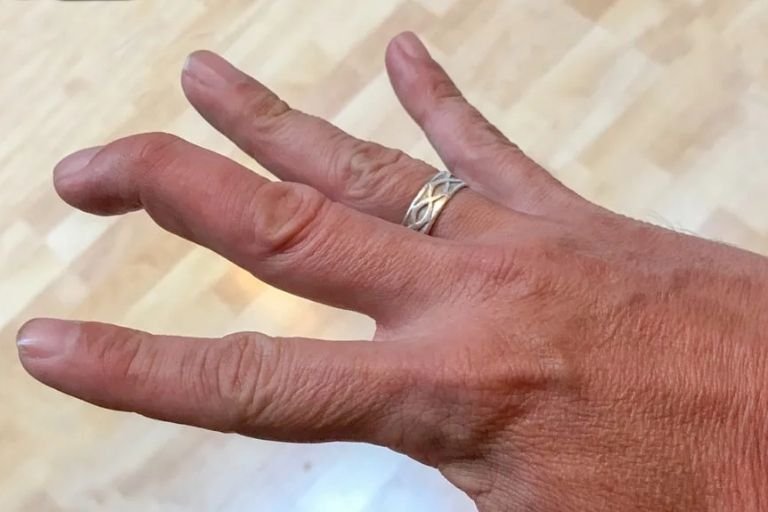- Fitwell Physiotherapy
Pelvic muscle weakness/tightness

Pelvic muscle weakness and tightness can significantly impact one’s quality of life, affecting both men and women of various ages. These muscles play a crucial role in supporting the pelvic organs, maintaining urinary and bowel continence, and facilitating sexual function. When these muscles become weak or tight, it can lead to a range of symptoms and complications..
Please submit your details below.
Symptoms:
- Urinary Incontinence: Difficulty controlling urine flow, leading to leakage during activities such as coughing, sneezing, or exercising.
- Fecal Incontinence: Difficulty controlling bowel movements, resulting in involuntary leakage or difficulty passing stools.
- Pelvic Pain: Persistent discomfort or pain in the pelvic region, often exacerbated by certain movements or activities.
- Sexual Dysfunction: Difficulty achieving or maintaining arousal, pain during intercourse, or decreased sexual satisfaction.
- Constipation: Difficulty passing stools due to pelvic floor muscle tightness affecting bowel function.
Causes:
- Pregnancy and Childbirth: The pelvic floor muscles can weaken due to the strain of pregnancy and the trauma of vaginal childbirth.
- Aging: Muscles naturally weaken and lose tone as we age, leading to pelvic floor dysfunction.
- Chronic Constipation: Straining during bowel movements can lead to pelvic floor muscle dysfunction.
- Obesity: Excess weight can put added pressure on the pelvic floor muscles, contributing to weakness or tightness.
- Heavy Lifting: Improper lifting techniques or consistently lifting heavy objects can strain the pelvic floor muscles.
- High-Impact Activities: Activities such as running or jumping can exacerbate pelvic floor issues if the muscles are already weakened or tight.
When to See a Physiotherapist:
It’s essential to seek the guidance of a physiotherapist if you experience symptoms of pelvic muscle weakness or tightness that interfere with your daily life. Additionally, if you’re planning to become pregnant or are currently pregnant, consulting a physiotherapist for pelvic floor exercises and guidance can be beneficial. Other instances to see a physiotherapist include:
- Persistent urinary or fecal incontinence.
- Chronic pelvic pain.
- Difficulty with sexual function.
- Recent childbirth.
- Recovery from pelvic surgery.
Risks:
Untreated pelvic muscle weakness or tightness can lead to various complications, including:
- Chronic pain and discomfort.
- Decreased quality of life due to urinary or fecal incontinence.
- Increased risk of pelvic organ prolapse.
- Negative impact on sexual health and relationships.
- Emotional distress and decreased self-esteem.
Prevention:
- Regular Pelvic Floor Exercises: Perform pelvic floor exercises (Kegels) to strengthen and maintain muscle tone.
- Maintain a Healthy Weight: Obesity can exacerbate pelvic floor issues, so maintaining a healthy weight is essential.
- Proper Lifting Technique: Use proper lifting techniques to avoid straining the pelvic floor muscles.
- Stay Hydrated and Eat a Balanced Diet: Adequate hydration and a diet rich in fiber can prevent constipation and strain on the pelvic floor.
Treatments:
- Pelvic Floor Exercises: Physiotherapists can teach specific exercises to strengthen weak muscles or relax tight ones.
- Biofeedback Therapy: This technique helps individuals learn how to control pelvic floor muscles by providing real-time feedback.
- Electrical Stimulation: In some cases, electrical stimulation may be used to strengthen weak pelvic floor muscles.
- Manual Therapy: Hands-on techniques such as massage or manipulation may help relax tight muscles and improve flexibility.
- Behavioral Therapy: Counseling or therapy may be beneficial for managing the emotional aspects of pelvic floor dysfunction, especially if it affects sexual health or self-esteem.
- Surgery: In severe cases, surgical intervention may be necessary to repair damaged pelvic floor muscles or address pelvic organ prolapse.
Overall, early detection and treatment of pelvic muscle weakness or tightness are essential for preventing complications and improving quality of life. Consulting a physiotherapist or healthcare professional is the first step toward effective management and treatment.

































































































